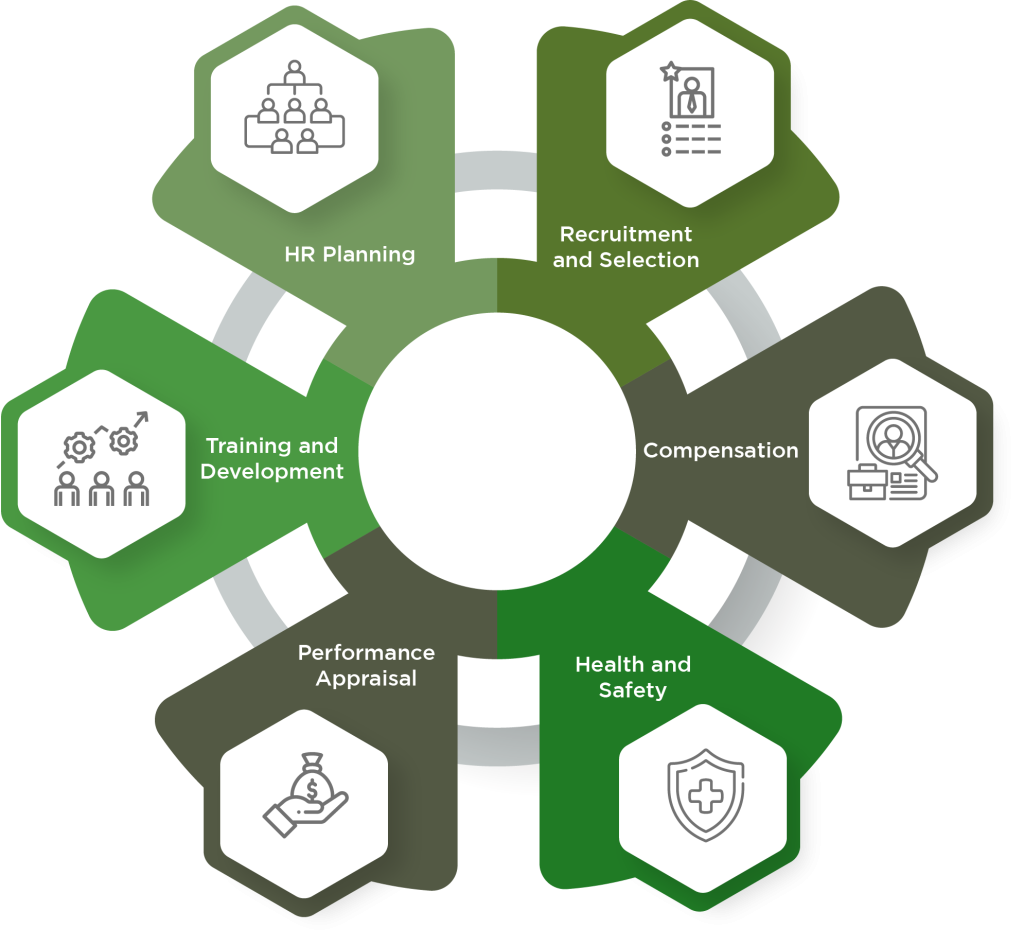2.1 Introduction

A job analysis is one of the most critical human resource management tasks. It is the foundation of human resources management. Job analysis data supports almost all HR activities, such as training and development, performance appraisal, health and safety, HR planning, compensation and recruitment and selection. These activities rely on the accurate information produced by a job analysis to identify a match between an employee and a job.
Job analysis aims to establish what a job entails, including the required knowledge, skills, abilities and other attributes (KSAs), job tasks, duties, responsibilities (TDRs) and the job conditions. In this chapter, we will review the purpose of job analysis and identify the steps in the process. In recruitment and selection, a valid job analysis provides the data needed to develop effective recruitment and selection processes. If necessary, HR professionals must have valid hiring practices that can be defended in courts and tribunals.
Job analysis serves four primary purposes:
- Establish and document job-related competencies.
- Identify the job-relatedness of essential tasks and competencies.
- Establish the legal basis for assessment and selection procedures/decisions.
- Establish the basis for determining relative worth.
Specifying Job and Person Requirements
Initial Assessment
To find the right person for the job, you need an accurate idea of the job and the particular skills and attributes it demands. This can be carried out in a series of stages, as shown in Figure 2.1.2:
Job Analysis
Look in detail at what the job involves
Job Description
Structure this analysis into a written statement of responsibilities and tasks
Job Specification
List specifics that the applicant will need to perform the job
However, before or after the job analysis, you might consider whether the vacant job needs to be filled. Reallocation of work, internal promotion or temporary transfer could be used to cover the job tasks. Ask yourself whether the job needs to be changed, updated or filled before proceeding. An apparent vacancy provides a real opportunity to consider how work is organized and the skills the organization needs to secure its future success. You might consider aspects of person-organization fit to help develop the job.
Assuming you recruit for the existing or changed post, you must now analyze precisely what the job entails.
“5.6 Introduction to the Job Analysis Process” from Human Resources Management (Lumen) by Nina Burokas is licensed under Creative Commons Attribution 4.0 International License, except where otherwise noted.
“5.7 What is Job Analysis?” from Human Resources Management (Lumen) by Nina Burokas is licensed under Creative Commons Attribution 4.0 International License, except where otherwise noted.—Modifications: Used section Purpose of job analysis.
“Specifying Job and Person Requirments” from BUS301: Human Resource Management by Saylor Academy is licensed under a Creative Commons Attribution-NonCommercial-ShareAlike 3.0 License, except where otherwise noted.

